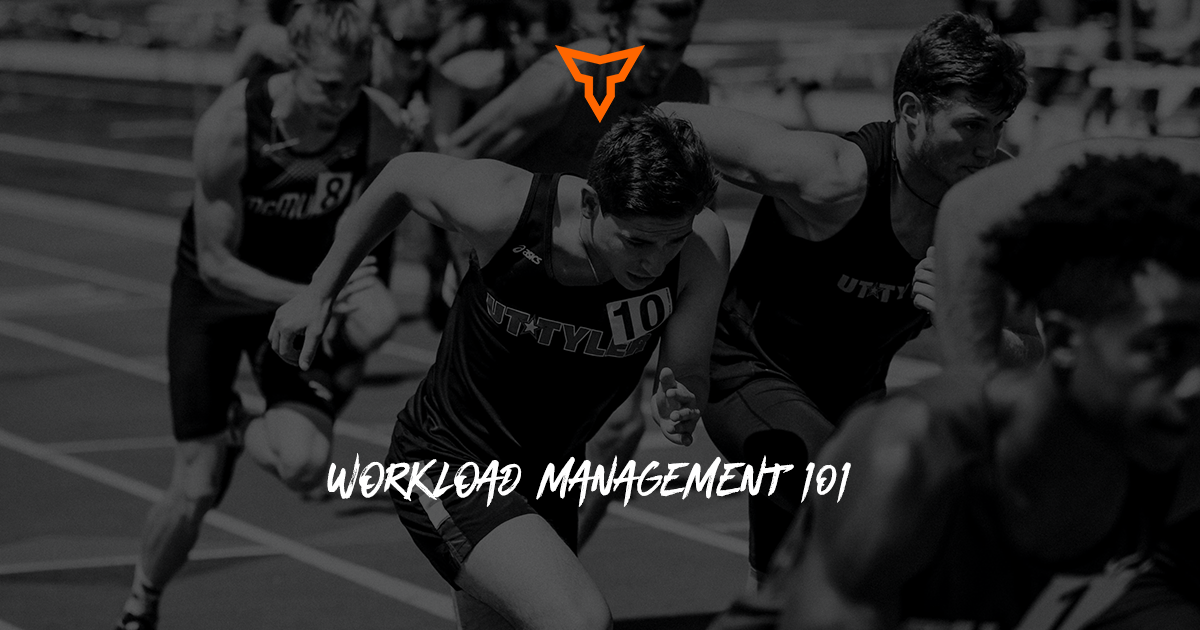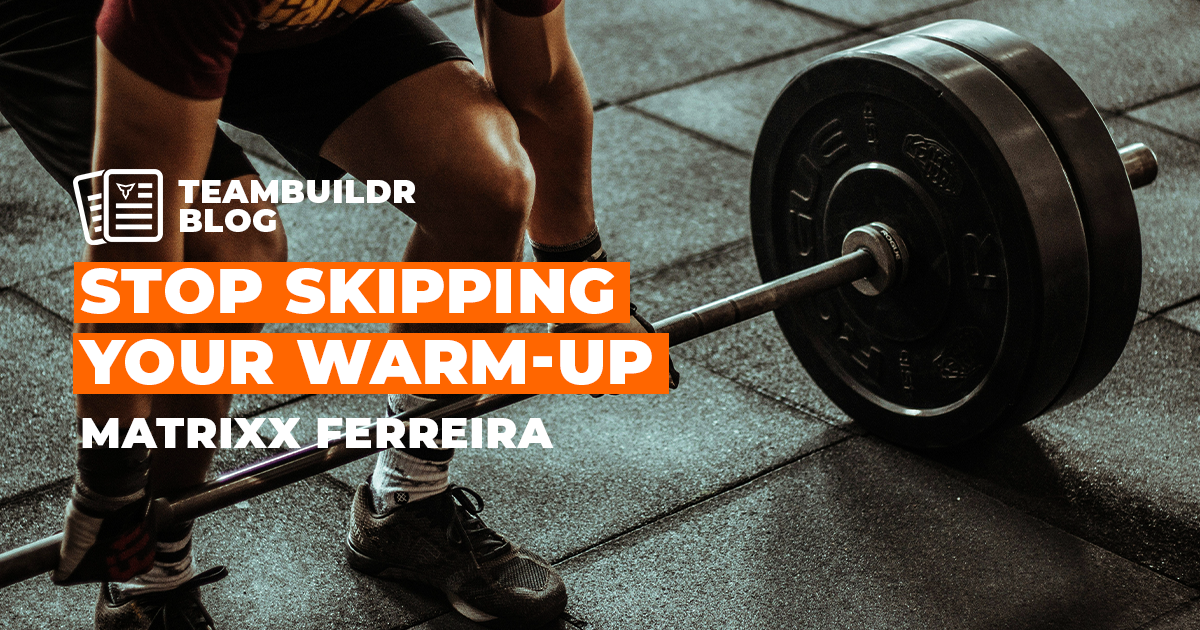What is Neurocognitive Training and How Do I Use it?
In 2015, Grooms et al. published a paper in the Journal of Athletic Training that provided (to my knowledge) the first substantial evidence that brain activity in an anterior cruciate ligament (ACL) injured patient was absolutely different from that of the control matched patient that did not have an ACL tear.
Using functional magnetic resonance imaging (fMRI), they determined that the ACL-injured patient exhibited increased activation of motor planning, sensory processing, and visual-motor control areas. Furthermore, a similar activation pattern was present in the contralateral knee that sustained a subsequent injury (Grooms et al., 2015, 1006).
In other words, Grooms et al. and now others have confirmed that an ACL tear, and for that matter likely every injury, has a neurological effect. And, upon injury, the athlete's neurological system begins to reorganize neurocognitive, neuromuscular, and neurophysiological functions.
From this paper, practitioners across the spectrum of human movement (performance coaches, athletic trainers, and physical therapists) simultaneously, and in many cases independently, developed visual-motor training frameworks to address the neuroplasticity that follows the rupture of the ACL and subsequent surgical intervention. This process has become known as Neurocog.
I’m here to tell you that this process, while valuable, should be reframed in part of a more extensive, more complex system.
History
Literature has long supported neuromuscular training for effective injury prevention and rehabilitation, with many of these approaches targeting biomechanical factors (kinetics and kinematics) of movement (Grooms et al., 2015). However, for some, the emphasis on muscular and physiological training by coaches and care providers has led to a gap in the cognitive and neurological components of rehabilitation, return to sport, and sports performance training.
The relationship between neurocognitive function and biomechanics is critical and is supported by current literature from Porter et al. (2021) in their review.
So what then is Neurocog?
Neurocog, in its current framework, aims to fill the gap left in programs that target strengthening, proximal control, balance, and plyometric ability using neurological components such as:
- Reaction Time
- Processing Speed
- Dual Tasking
- Focus of Attention
- Visual-Motor Control
- Environmental Interaction
Implications for Performance
So, problem solved. We add in some neurocog. Right?
Well, not exactly. Rather than skillfully blending training and rehab prescriptions into a multi-systems approach to human movement by adopting a cojoined neuromuscular, neurocognitive, and neurophysiological approach, we are fundamentally segregating these systems.
The sporting arena challenges the athlete with complex environmental interactions that simultaneously place a high demand on all of these systems. Therefore, to improve rehabilitative outcomes and performance outcomes, our prescriptions (environments and tasks) and coaching loops (instruction, demonstration, and feedback) should be representative to improve rehabilitative outcomes and performance outcomes.
It should therefore be understood that performance training, wherever it takes place on the disabled body to able-bodied continuum, is not a selection of exercises or methods but rather an amalgam based on ecological dynamics theory with a performance outcome in mind. The coach or therapist's role is to provide information and direction relative to task and environmental constraints using an external focus of attention.
The fundamental problem with neurocognitive training as a method or devoted event is the decomposition of human movement, a part-task approach, rather than a process of like-task regression/progression designed to preserve the complexity of activity while maintaining the coupling of information and movement (Seifert & Davids, 2017).
Ecological Dynamics
Ecological dynamics, in stark contrast to the part-task approach, aims to apply the principles of non-linear pedagogy to re-shape athletic development, physical education, and coaching practices. As practitioners, we should design representative and interactive constraints in athlete development programs - facilitating an individualized approach to rehab and performance - and then LET THE ATHLETE SOLVE THE PROBLEM!
The three types of constraints present in ecological dynamics are environmental, task, and organismic (athlete) (Seifert & Davids, 2017). See the image below.
When building our training environment in a multi-systemic space, these are the elements we need to consider. So, how do we accomplish that?
First, consider the athlete. Constraints on the athlete can be structural or functional and commonly include kinanthropometry, laterality, cognition, motivation, emotions, sleep, injury status, female physiological considerations, and capacity traits such as strength and endurance.
In our existing ACL reconstruction example, this would include the kinetic and kinematics profile of the athlete, presence of pain, and proximity to surgical date, among others.
Second, consider the environment. Environmental constraints are external to the athlete and can be physical (Seifert & Davids, 2017). Generally, these include things like weather conditions (temperature, humidity, etc.), altitude, playing surface, opponents or objects, ambient noise, and nature of the moment.
In our return to sports example, this might include the training surface, climate control, the load and loading schema, the observers, and the light conditions or the time of day, among others.
Finally, consider the task. “Task constraints include the goal of the task, the rules, boundary locations, instructions, or equipment specifying a response” (Seifert & Davids, 2017, 33).
We, as practitioners, should be cautious here, and the boundaries and instructions we provide need to be very explicit to draw about the desired outcome goal. Using a typical example, we aren’t selecting the squat because we want to improve the legs’ capacity or address an asymmetry. Instead, we are selecting a specific squat, for a specific athlete, with specific environmental constraints, with a specific task goal, focus, and constraints.
I recommend reading Assessing Athletes: What Are You Missing for how powerful this can be for your athletes.
Closing
Our methodological selections for improving performance don’t exist independent of each other or in a performance vacuum - and we shouldn’t treat them as such. Simply adding the neurocognitive techniques above is insufficient and likely to result in maladaptation and null adaptation.
Viewing athletic development through the lens of complex adaptive systems is sufficiently specific to derive a movement outcome goal or reconstruct a motor pattern while at the same time being sufficiently broad and deep enough to impact overall athleticism and sporting ability.
Applying a multisystemic approach to performance ensures that cognitions, perceptions, and actions regulate behavior across multiple environments - rehab, training, practice, and most importantly, competition.
References
Chaput, M., Ness, B., Lucas, K., & Zimney, K. (2022). A Multi-Systems Approach to Human Movement after ACL Reconstruction: The Nervous System. International Journal of Sports Physical Therapy, 17(1), 47-59. 5/18/22
Grooms, D., Applebaum, G., & Onate, J. (2015). Neuroplasticity Following Anterior Cruciate Ligament Injury: A Framework for Visual-Motor Training Approaches in Rehabilitation. Journal of Orthopaedic and Physical Therapy, 45(5), 381-388. 5/20/22
Grooms, D., & Onate, J. (2022). Neuroscience Application to Noncontact Anterior Cruciate Ligament Injury Prevention. Sports Health, 1-6. 5/20/22
Grooms, D. R., Page, S. J., & Onate, J. A. (2015). Brain Activation for Knee Movement Measured Days Before Second Anterior Cruciate Ligament Injury: Neuroimaging in Musculoskeletal Medicine. Journal of Athletic Training, 50(10), 1005-1010. 5/20/22
Piskin, D., Benjaminse, A., Dimitrakis, P., & Gokeler, A. (2021). Neurocognitive and Neurophysiological Functions Related to ACL Injury: A Framework for Neurocognitive Approaches to Rehabilitation and Return-to-Sport Tests. Sports Health, 1-6. 5/21/22
Seifert, L., & Davids, K. (2017). Ecological Dynamics: A Theoretical Framework for Understanding Sport Performance, Physical Education, and Physical Activity. In Nonlinear Dynamics and Applications (pp. 29-40). Springer. 5/18/22
Subscribe to our blog
Subscribe to receive the latest blog posts to your inbox every week.
Related posts

How Important is "Sleep Quality" to Your Program's Performance?

Workload Management 101


